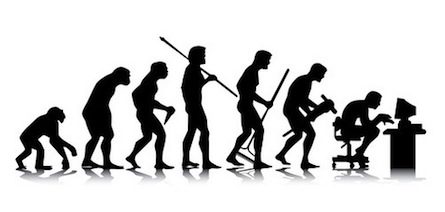
The digital revolution has created significant opportunities and threats for every industry. Companies that cannot or do not make significant changes faster to their business model in response to a disruption are unlikely to survive It is extremely important to do digital maturity assessment before embarking on digital transformation. Digital leaders must respond to the clear and present threat of digital disruption by transforming their businesses. They must embed digital capabilities into the very heart of their business, making digital a core competency, not a bolt-on. Creating lasting transformative digital capabilities requires you to build a customer-centric culture within your organization.
This requires new capabilities that organizations need to acquire and develop which include disruptive technologies like Big Data,Analytics, Internet of Things, newer business models. Digital maturity model measures readiness of the organization to attain higher value in digital customer engagement, digital operations or digital services. It helps in incremental adoption of digital technologies and processes to drive competitive strategies, greater operationally agility and respond to rapidly changing market conditions. Business can use the maturity model to define the roadmap, measuring progress on the milestones. The levels of maturity can be defined as per multiple reports available and adopt the ones which makes more sense to your business.
- Level 1 : Project based solutions are developed for a particular problem, no integration to home grown systems, unaware of risks and opportunities
- Level 2 : Departmentalized projects but still not known to organization, little integration
- Level 3 : Solutions are shared between the departments for a common business problem, better integration
- Level 4 : Organization wide efforts of digital, highly integrated, adaptive culture for fail fast and improve
- Level 5 : Driven by CXOs, customer centric and complete transformation changes happen to organization
- Strategy & Roadmap – how the business operates or transforms to increase its competitive advantage through digital initiatives which are embedded within the overall business strategy
- Customer – Are you providing experience to customers on their preferred channels, online, offline, anytime on any device
- Technology – Relevant tools and technologies to make data available across all the systems
- Culture – Do you have the organization structure and culture to drive the digital top down
- Operations – Digitizing & automating the processes to enhance business efficiency and effectiveness.
- Partners – Are you utilizing right partners to augment your expertise
- Innovation – How employees are encouraged to bring the continuous innovation to how they serve the customers
- When there is nobody having “Digital” in their title
- There is no marketing focused on digital within the organization
- There is no separate digital strategy than company’s business strategy
